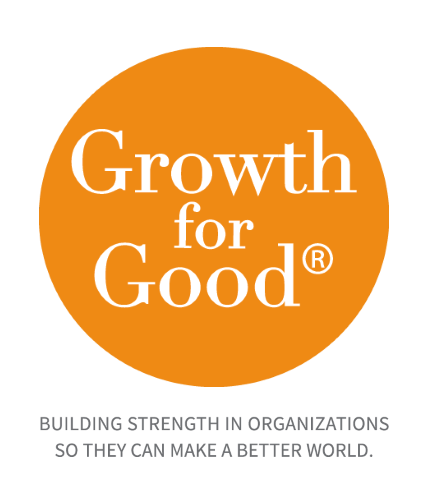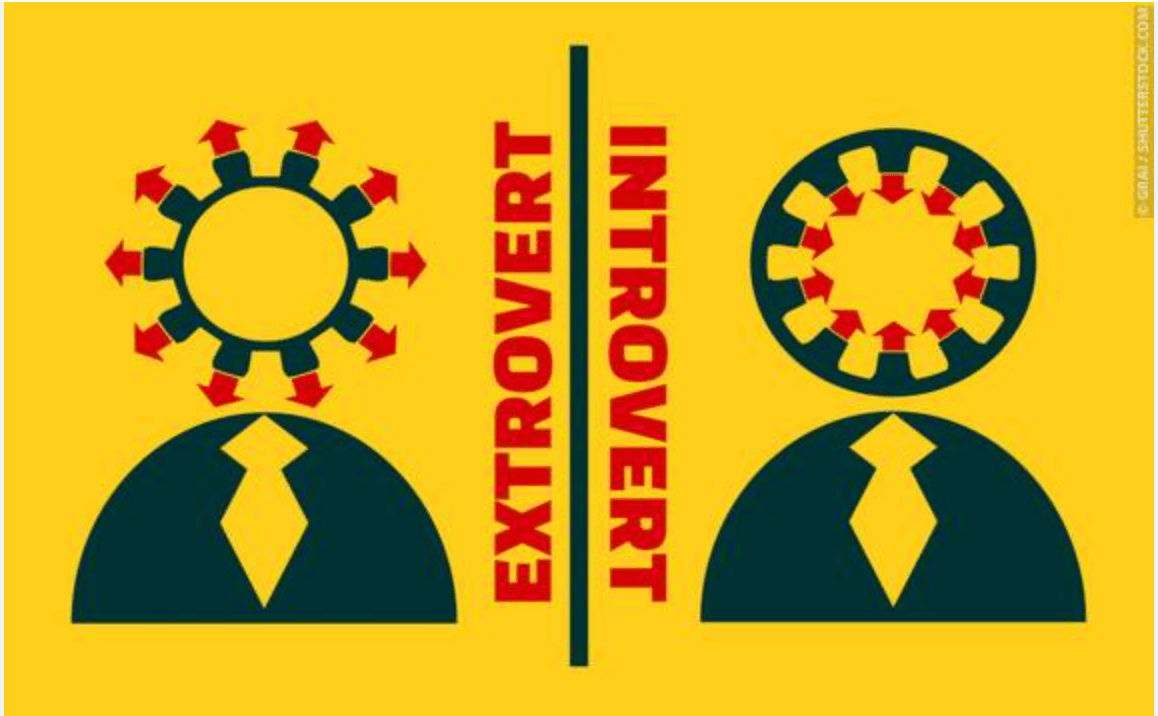Culture Eats Strategy for Breakfast
With a bright light at the end of the COVID Shutdown tunnel, we are thrilled about the prospect of some return to normalcy. While the cost of lives lost unnecessarily and our lives interrupted is incalculable, there are some changes in doing business that will become permanent. We believe one such change is nonprofit board meetings held on Zoom or Google Meet. While there are many advantages to this evolved way of meeting, there are also some pitfalls. We thought we should share our insights and strategies for successful virtual board meetings.
BENEFITS TO VIRTUAL BOARD MEETINGS
Higher attendance rates. Over the past year, we have definitely seen an increase in the attendance rate at board meetings. We hope this is a long-term trend. We are mindful of the reality that there is nothing like a crisis to bring boards of directors together.
Reduced time commitment for board member participation. With no time spent getting to and from a board meeting, board members are relieved about the reduced amount of time needed to participate in board meetings. The direct result is higher participation rates.
Shorter meetings. In our direct experience and highly unscientific survey, we have learned that board meetings on Zoom, etc., are decidedly shorter. Meetings start right away. Participants are able to move through decisions quickly.
Freeing up time for more involvement with the organization. Most board members consciously allocate a set amount of time for their board involvement. With the efficiency of virtual meetings, board members may have more time for real committee work, fundraising, and other volunteer involvement.
Regional and national organizations’ boards can meet face to face via Zoom more often. The biggest winners are organizations with board members who are dispersed across the nation. These boards are able to meet face to face via Zoom more often.

POTENTIAL DRAWBACKS AND PITFALLS TO VIRTUAL BOARD MEETINGS
Still, along with the benefits come some definite drawbacks and pitfalls. Here are some of the main ones that we have seen and anticipate:
Board members will have fewer opportunities for comradery. We see over and over that a board culture that enables true comradery among board members is a huge predictor of board effectiveness. To quote Peter Drucker, “culture eats strategy for breakfast.” By that he meant that the culture of an organization was more important than the most brilliant strategies and plans. Getting the culture right among board members is also critical. On the surface, it seems obvious that people who like each other also trust and respect each other. When it comes to board service, this results in true efficiencies in working together, solving problems, and acting on opportunities. We are worried that with shorter meetings and no time for chitchat before and after the meeting, intra-board member relationships will suffer.
Being present during the meeting. When a board meets in person, all of those in the room must listen and be present (with occasional day dreaming, of course). On Zoom, however, it is very easy to pretend to be present and paying attention, even when the camera is turned on. We have all sneaked a look at our email during a Zoom meeting.
Harder to hear every voice. By now, we have all experienced a virtual meeting dominated by one person who loves the sound of his or her own voice. In an in-person meeting, “ramblers” have the benefit of a nonverbal request that they sum up their remarks and share the floor. Without this, virtual board meetings could become a negative experience and board effectiveness and membership will decline.
Too much reporting out with no room for board member participation. Historically in our board development work, we often work with board chairs and executive directors to make sure that meeting time is not dominated by financial and programmatic reports with no room to engage the intellectual and creative problem-solving abilities of the board members. We often see boards populated with very talented leaders in their field, being asked to function as mid-level bureaucrats in their board service, e.g., rubber-stamping benchmarks met and accomplishments. We fear that this problem could be exacerbated in virtual meetings. All reporting, no strategic thinking. This will water down board service.
BEST PRACTICES FOR VIRTUAL BOARD MEETINGS
To capitalize on the reality that virtual board meetings are likely here to stay as well as to get out in front of the potential pitfalls, here are some best board meeting practices and tips we recommend.
Send out all board materials 72 hours to a week before the meeting. While this is a best practice for in-person meetings, it is critical for virtual meetings. Let the reports do the reporting. Minimize time spent in the meeting with uni-directional reporting.
Keep the meetings short. We believe that in-person board meetings should be no longer than 90 minutes, with most of the work getting done in committees. Online meetings should be 60 to 75 minutes long – not counting any pre- or post-board social time.
Save time spent on reports by using a “Consent Agenda.” With a consent agenda routine business and reports are combined into one agenda item and approved in one action. This can save precious time. Typical consent agenda items include:
- Past meeting minutes
- Financial report
- Executive director report (yep – Let them read it!)
- Program reports
- Committee appointments and reports
- Staff and volunteer appointments
- Volunteer appointments
- Correspondence or other items discussed in the past with no action required
Respect board meeting structure. Board meeting structure, if used properly, is designed to make sure that every voice is heard. Don’t abandon board meeting structure just because the meeting is in a virtual setting.
Create space for informal connection. Plan for a pre-meeting or post-meeting informal catch-up. Have a bottle of wine delivered to each member’s home and ask them to stay and catch up. Organize a scavenger hunt or trivia game. Have some fun.
Use the “Spotlight” function when someone is speaking. This brings focus and respect to the person speaking.
Cameras on. Establish a “cameras on” habit. Give people permission to eat or drink, just as they would in a regular meeting if necessary.
Encourage an external focus as well as internal focus. With in-person meetings, we always encourage boards to spend some time in each meeting considering the environment and external landscape and the impact on the organization. Anticipating issues and opportunities is a central part of a board member’s responsibility. Chances are that last year, much of the board’s focus was dealing with external issues, i.e., the pandemic. External issues can also be considering promising research in the field, changes in the political and policy landscape, and opportunities that may be fast approaching. Make sure to include an agenda item in each meeting that is outwardly focused.
Foster board engagement and generative thinking using breakout rooms. Using the breakout room function is a great way to have board members collaborate with each other and apply their intellectual and creative problem skills. Consider choreographing breakouts with ‘report-outs’ to assure that every voice is heard. Here are some good breakout topics that could be considered in a board meeting:
- Communications report – Breakout to get input on best ways to get the word out, e.g., method, frequency, etc.
- Strategic planning agenda planning – Plan to make a plan
- New board member orientations – New board
- Members meet with small groups of board members and ask and answer questions
- Share one’s personal commitment to mission: board members find something in their house that represents their personal commitment to the mission of the organization
Elevator pitch – in groups of two, members interview each other and learn what personal story connects the board member to the mission. Then share each other’s motivation that fuels their individual’s elevator pitch.
Recent Posts
Subscribe to Our Newsletter
* These fields are required.

Contact Us
500 Summit Avenue
Maplewood, NJ 07040
P: 973-762-7645
E: contact@growthforgood.com






